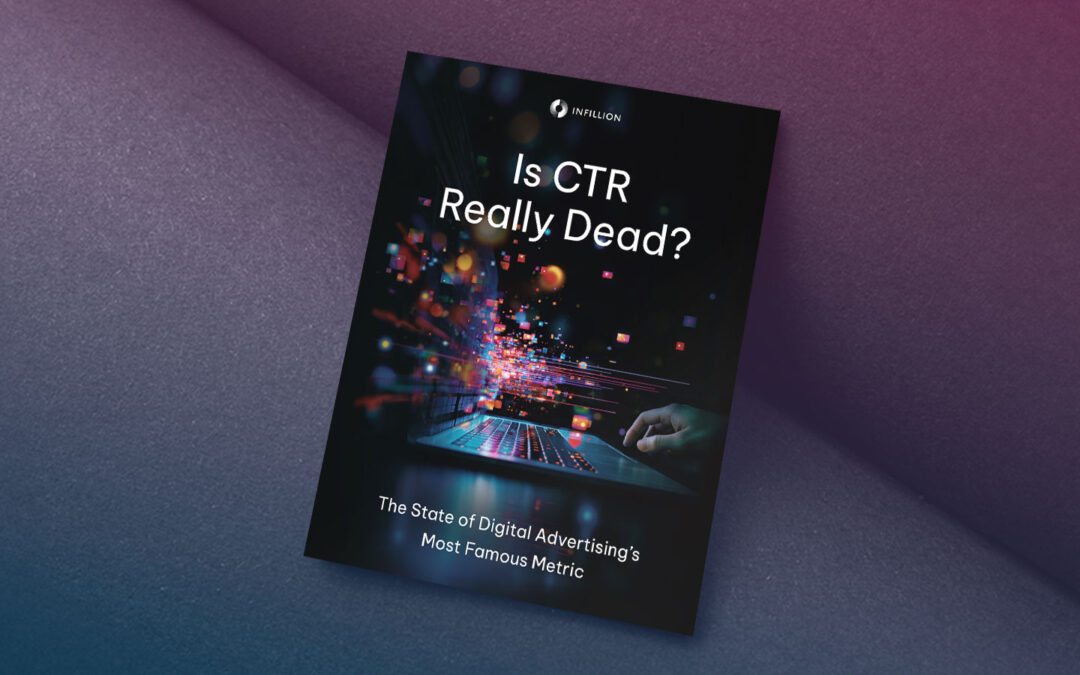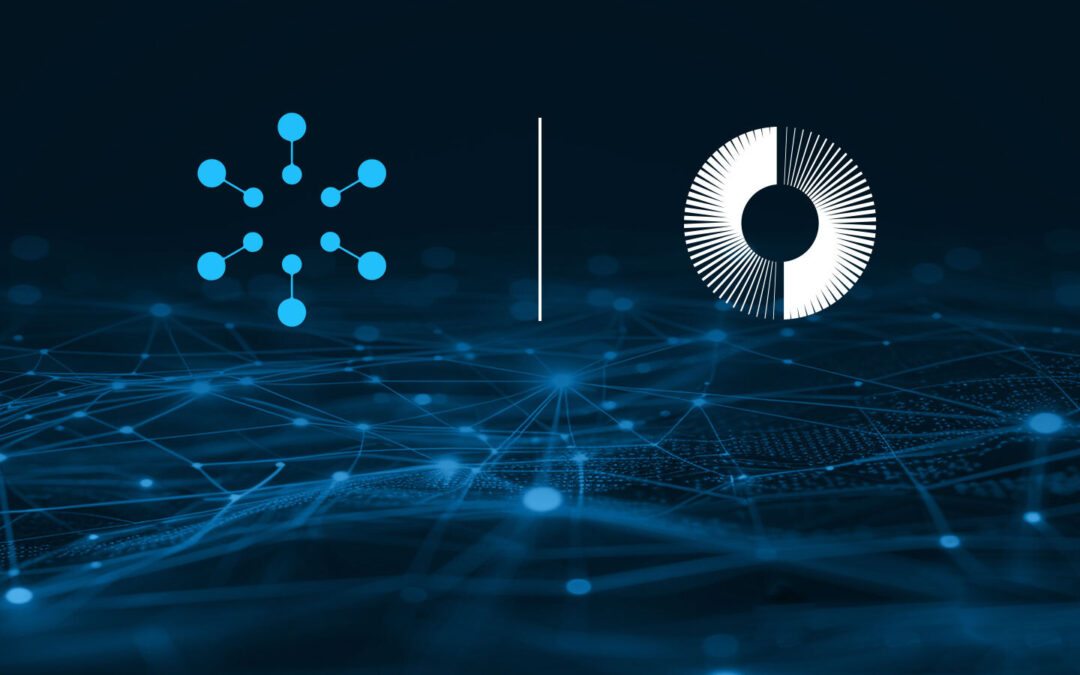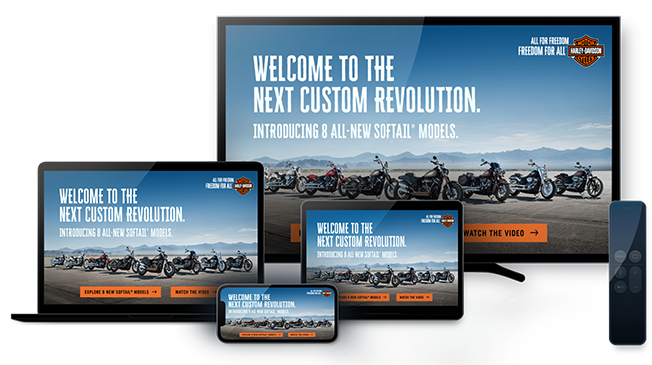Allowing Clients to Focus On Storytelling: Infillion CMO Laurel Rossi on InfillionX’s Launch

InfillionX, our full-funnel multiplatform media product, wasn’t built in a vacuum. As a brand built from the combination of several other leading ad tech companies, we were able to tap expertise from a diverse array of backgrounds that spanned every corner of the advertising and marketing industries. One of those was our CMO, Laurel Rossi, who came to us in 2021 with expertise from both running a small agency to taking the reins in the upper ranks of Publicis and Omnicom. Here, Laurel shares her observations and learnings from the market forces that shaped the development of InfillionX.
As we’ve written, we built InfillionX to address a very pervasive problem in the ad industry: overcomplexity in the media buying process. Throughout your career in the ad industry, when did you realize that this was becoming an unavoidable problem?
As media shifted to “digital everything,” it was inevitable that infrastructure had to be built to support the connected future. But campaign planning became suboptimal when the process morphed into media mechanics and, in turn, moved away from customer-centric decision making and advertising that told a story. As digital offerings made media more accountable, demand to work within these channels also became highly attractive. But there was one hitch. Customer data was either captive in walled gardens, or data sets became fungible. The scramble for addressability, and consequently data, caused enormous vulnerability in the system.
Before coming to Infillion I spent time at the largest media agency, OMD. We saw the need there to build a data competency that would serve as a private marketplace for our clients’ data, while constantly being pitched opportunities by suppliers to use their data sources simultaneously. It was up to the agency to adjudicate the data and work with clients to protect first party customer data.
Today Infillion works with OMD and other large agency holding companies to safely use client data, to match it with the information we need to ensure the relevance of the work, and to deliver data that is opt-in and brand safe. Developing the Infillion media buying platform was our way of bringing together the disparate parts of campaign planning over all of the open internet. Our vision is to transcend the chaos that planning teams are feeling by providing a way to buy any high quality media they need, and deliver it through the lens of the advertising story we are trying to tell the consumer versus the lens of media mechanics.
Do you think there was a time in the recent past when the ad industry could have avoided this overcomplexity?
Technology and the acceleration of streaming during COVID definitely provided the motivation to make technology move faster. In some ways, there could have been a more concerted effort to consolidate taxonomies and protocols driving streaming service offerings to make things a bit easier. That was certainly an inflection point. That said, there is a clear sense that the fragmentation of the industry will begin to dissipate as the current economy drives players out of the market and sparks consolidation.
I think the more important question is “will dominant open internet players emerge that are good enough to satisfy large advertisers’ needs, reducing the need to work with hundreds of vendors at the same time?” We certainly aspire to be one of those dominant players: a central resource where campaigns can be tremendously efficient because of digital everything, and where brand storytelling is again possible because of efficient retargeting, sequential and dynamic messaging, and rigorous frequency capping. In a recent Media Village study, traditional media dollars were reported to have declined 26% while digital media grew 7% over the course of the last 5 years. Those stats speak to the efficiency of digital media. But the abundance of cheap media also speaks volumes about the need for premium players that can help clients capitalize on that inherent efficiency of digital. From the early days of our TrueX product, almost 12 years ago, the company knew that simply delivering cheap impressions was not going to be a sustainable way to build a modern media company. To answer your question regarding when the industry could have begun to address overcomplexity, I’d say it was anytime over the past dozen years.
How was InfillionX designed to anticipate likely forthcoming regulations around privacy and data sharing?
Infillion’s own 0-party and first party data are opt-in, and we use that cookieless data to begin the cycle of targeting and retargeting. We have the ability to safely manage that data, along with a client’s own data, to produce exceptional results. With InfillionX, we took on the task of being able to satisfy multiple campaign objectives in a single campaign, i.e., we can drive awareness through consideration and even on to conversion. That level of orchestration takes a great deal of expertise managed by a highly trained customer success team and the confidence that every data touch point is compliant and privacy-first. The most engaging part of the InfillionX product story is allowing clients to focus on storytelling and to worry less about data security.
You founded and then sold an independent agency. How would InfillionX have helped you (and others like you) who run these smaller shops?
Independent agencies have tremendous opportunity in this brave new world because they are usually focused on a holistic integrative approach to managing their clients’ campaigns. They actually have a leg up in my opinion. With the right tools and partner, there is likely no buying advantage for larger agencies versus smaller independents. The cost efficiencies that drove holding company consolidation of their media agencies is less salient today, as the marketplace has become highly democratic with regard to pricing. InfillionX allows a planning team to focus on KPI delivery. Optimization and blended pricing is achieved via the Infillion platform, and every channel, screen and audience is in play—even DOOH—via InfillionX. Both small and large shops are responding really well to the level of sophistication that InfillionX is able to deliver, along with impressive brand lift and sales outcomes.
I’ll say, in closing, that we aimed to reduce the inefficiencies presented by a “digital everything” marketplace and ended up with a way to bring advertising back to its roots as the best way for a brand to captivate consumers, tell a powerful story and to truly earn their attention. That is any agency’s path to new clients and happy customers.
Curious about what InfillionX can do for your marketing? Reach out to us at Infillion, or follow us on LinkedIn for regular updates.
Subscribe to our blog:
Related Posts:

Infillion and Experian Collaborate to Improve Audience Engagement in the Post-Cookie Era
NEW YORK, May 9, 2024 (Newswire.com) - Infillion, a full-service media platform that helps advertisers elevate their media plans with cookieless data, advanced formats, and guaranteed attention, today announced an integration with Experian, the world's leading global...

New Research From Infillion Shows Consumers’ Growing Hesitation to Click on Ads in Today’s Zero-Click Era
NEW YORK, May 8, 2024 (Newswire.com) - Infillion, a full-service technology platform that helps advertisers elevate their media plans with cookieless data, advanced formats, and extensive audience and supply integrations, this week released research that explores...

Walmart Connect México Expands Retail Media Offering Through Walmart DSP, Powered by Infillion’s MediaMath Technology
NEW YORK, April 25, 2024 - Infillion, a full-service technology platform that helps advertisers elevate their media plans with cookieless data, advanced formats, and extensive audience and supply integrations, announced today an integration with Walmart Connect, the...
Let's Connect
We can help you create the personalized ad experiences viewers expect.

